The AI Playbook
Empower Your HR Practices!
*Visit your member portal to download our AI for HR Guide, and AI in the Workplace Policy Template
We are excited to introduce the AI for HR Guide, a comprehensive resource developed by CPHR BC & Yukon, designed to empower HR professionals with the skills and knowledge needed to excel in the modern workplace. The guide offers practical examples and samples that align with the CPHR competency framework. By integrating generative AI into your HR practices, you can enhance productivity, make data-driven decisions, and become a more dynamic and innovative HR leader.
This AI guide can be used alongside the CPHR Alberta AI in the Workplace Policy Template, helping to ensure that AI technologies are used responsibly and ethically within your organization.
So, how can you utilize these member-only resources?
Combining the AI Policy Template and the AI for HR Guide can create a comprehensive framework for your organization. Let’s break down three easy ways these two resources can be used together:
- Establishing a Foundation with the AI Policy Template
The AI policy template sets the groundwork by:
Outlining Ethical Use: It ensures that all AI technologies are used responsibly and ethically within the organization.
Defining Responsibilities: It clearly states the responsibilities of AI users and the consequences of not adhering to these responsibilities.
Setting Guidelines: It provides guidelines for the appropriate use of AI to enhance productivity, efficiency, and decision-making while ensuring compliance with laws and protecting privacy and data security. - Enhancing HR Practices with the AI for HR Guide
The AI for HR guide builds on this foundation by:
Empowering HR Professionals: It equips HR professionals with the skills and knowledge to leverage generative AI effectively.
Aligning with Competency Frameworks: The guide's examples and prompts are aligned with the CPHR competency framework, ensuring ethical and effective application.
Boosting Productivity: By integrating AI into HR practices, it helps increase productivity and facilitates data-driven decision-making.
Fostering Innovation: It allows HR professionals to focus on more strategic and innovative tasks, making them more dynamic and responsive leaders. - Integrating Both Resources
Together, these resources can:
Create a Cohesive Strategy: The AI policy template provides the rules and guidelines, while the AI for HR guide offers practical applications and examples.
Ensure Compliance and Innovation: The policy ensures compliance with ethical standards and laws, while the guide encourages innovative use of AI in HR.
Support Continuous Improvement: Regularly updating both the policy and the guide can help the organization stay current with AI advancements and best practices.
By using these resources together, your organization can foster a responsible, efficient, and innovative environment for AI usage, particularly in HR. This integrated approach ensures that AI technologies are used to their fullest potential while maintaining ethical standards and compliance.
Visit your member portal to download our AI for HR Guide, and AI in the Workplace Policy Template.
The views and opinions expressed in this blog post belong solely to the original author(s) and do not necessarily represent the views and opinions of CPHR Alberta.





